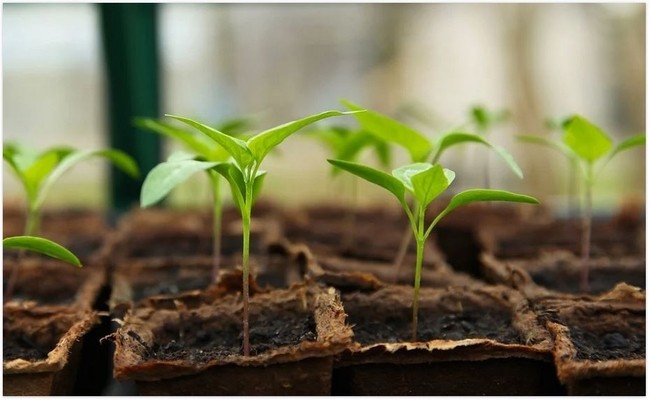Maybe you’ve been gardening for a while, and now you are ready to ramp things up to the next stage. However, large-scale production is not as simple as planting more crops. If you want to significantly increase your yield, you will need to do some strategic planning, or chances are you won’t get the results you want. Here are 3 ways to significantly improve the yield of your crops.
Planning
When scaling up production of your crops, planning is absolutely essential. You need to consider countless little details to figure out the most efficient way of growing your plants. Do you have enough water for the plants and enough drainage to protect the plants from flooding? Is the soil you are using sufficient for the amount of plants you want to grow? How high quality is the soil you are using? What about the climate and your crop rotation plan? Is it as efficient as possible?
Crop Rotation
What is the most efficient rotation of crops you can grow, and will some crops have a negative effect on the growth of other ones? What kind of insects and animals are likely to be attracted to each specific crop? What is the layout of your farm or garden going to be? How can you use the layout of your farm or garden to shorten the time for care and maintenance? How high quality is the seed you are using? Are the seeds planets with the optimum spacing and depth for that type of plant?
Maximize Efficiency
There are countless questions you need to answer before you start. The more you try to scale up your crops, the more potential problems will scale up as well. The planning stage is arguably the most important step to scaling up your production, and it will determine the results you get more than any other factor. By answering these questions and more, you can dramatically improve your chances of success, lower your costs and time investment, and increase the number of crops you can grow in any one spot.
Farming Equipment
One of the biggest game-changers in the prosperity of humanity was the advent of modern farm equipment. This type of technology dramatically improves the efficiency of your labor when farming. As farming equipment improves, so does your yield. For example, according to Avipel.com crop yields have improved from only 33.1% bushel per acre in 1945 to 168 bushels per acre in 2015. The right equipment allows you to get a lot more work done in a lot less time and acts as quality control. A human doing work will constantly get different results. They dig at slightly different depths, plant seeds at different distances relative to each other, and give varying amounts of water to each plant.
Furthermore, humans take a lot of time to do work, and they do not always put the same amount of time and effort into every single plant. While minor discrepancies here and there can be harmless at a small scale, once you start large-scale production, these discrepancies will add up to become a significant problem. However, a machine is different. Machines are far more consistent with how they plant plants than even the best farmer on their best day.
The more consistent your machines are, the more uniform your results will be and the fewer potential factors you must consider when determining why one group of crops succeeded and the other failed. Removing or reducing the element of human error saves a lot of time when planting and troubleshooting. Whether you are using a harvester, a cultivator, a mower, etc., the right equipment for the right job will work wonders for your production quantity.
Farming Methods
Lastly, you need to decide what farming method you want to use. You have many options, some of which are not necessarily intuitive. Of course, you have an option like using raised beds if your ground soil is not up to snuff yet. You can also use crop rotation as a way of improving your yield, but have you consider open-air vertical farms? What about using a greenhouse. Or maybe you want to try aeroponics or hydroponic? The method you choose can reduce or increase the amount of water, sunlight, soil, pesticides, and time your crops will need to grow. For example, using a mister to water your plants can (when done correctly) allow them to grow while using a lot less water.
Hydroponics
Alternatively, if you want to try a hydroponic set up you now need to factor fish into the equation as well as how you will power the pumps necessary to bring the fresh nutrients to your crops. An open-air vertical farm can increase how many crops you can grow on one patch of land but can increase your initial cost significantly as you need to build the shelves for the crops and make sure each shelf gets adequate sunlight and wind protection. Each of these methods has pros and cons and has the potential to increase your yield significantly if used with the right plants.
Using the right equipment with the right strategies and proper planning, you can scale up your production significantly. Gardening and farming are very deep fields, and these tips are merely a foundation for you to build upon as you work to increase your yield.
There are near endless ways for you to improve your farming techniques, and given the rate of technological advancement, the potential for high yield farming will only continue to grow.

